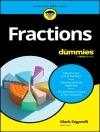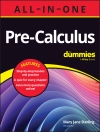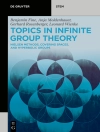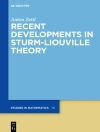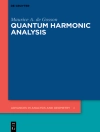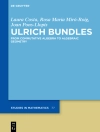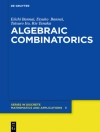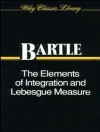This is the first book devoted to the systematic study of sparse graphs and sparse finite structures. Although the notion of sparsity appears in various contexts and is a typical example of a hard to define notion, the authors devised an unifying classification of general classes of structures. This approach is very robust and it has many remarkable properties. For example the classification is expressible in many different ways involving most extremal combinatorial invariants.This study of sparse structures found applications in such diverse areas as algorithmic graph theory, complexity of algorithms, property testing, descriptive complexity and mathematical logic (homomorphism preservation, fixed parameter tractability and constraint satisfaction problems). It should be stressed that despite of its generality this approach leads to linear (and nearly linear) algorithms. Jaroslav Nešetřil is a professor at Charles University, Prague; Patrice Ossona de Mendez is a CNRS researcher et EHESS, Paris.This book is related to the material presented by the first author at ICM 2010.
Tabella dei contenuti
Part I Presentation: 1. Introduction.- 2. A Few Problems.- 3. Commented Contents.- Part II. The Theory: 4. Prolegomena.- 5. Measuring Sparsity.- 6. Classes and their Classification.- 7. Bounded Height Trees and Tree-Depth.- 8. Decomposition.- 9. Independence.- 10. First-Order Constraint Satisfaction Problems and Homomorphism Dualities.- 11. Restricted Homomorphism Dualities.- 12. Counting.- 13. Back to Classes.- Part III Applications: 14. Classes with Bounded Expansion – Examples.- 15. Property Testing, Hyperfiniteness and Separators.- 16. Algorithmic Applications.- 17. Other Applications.- 18. Conclusion.- Bibliography.- Index.- List of Symbols.


